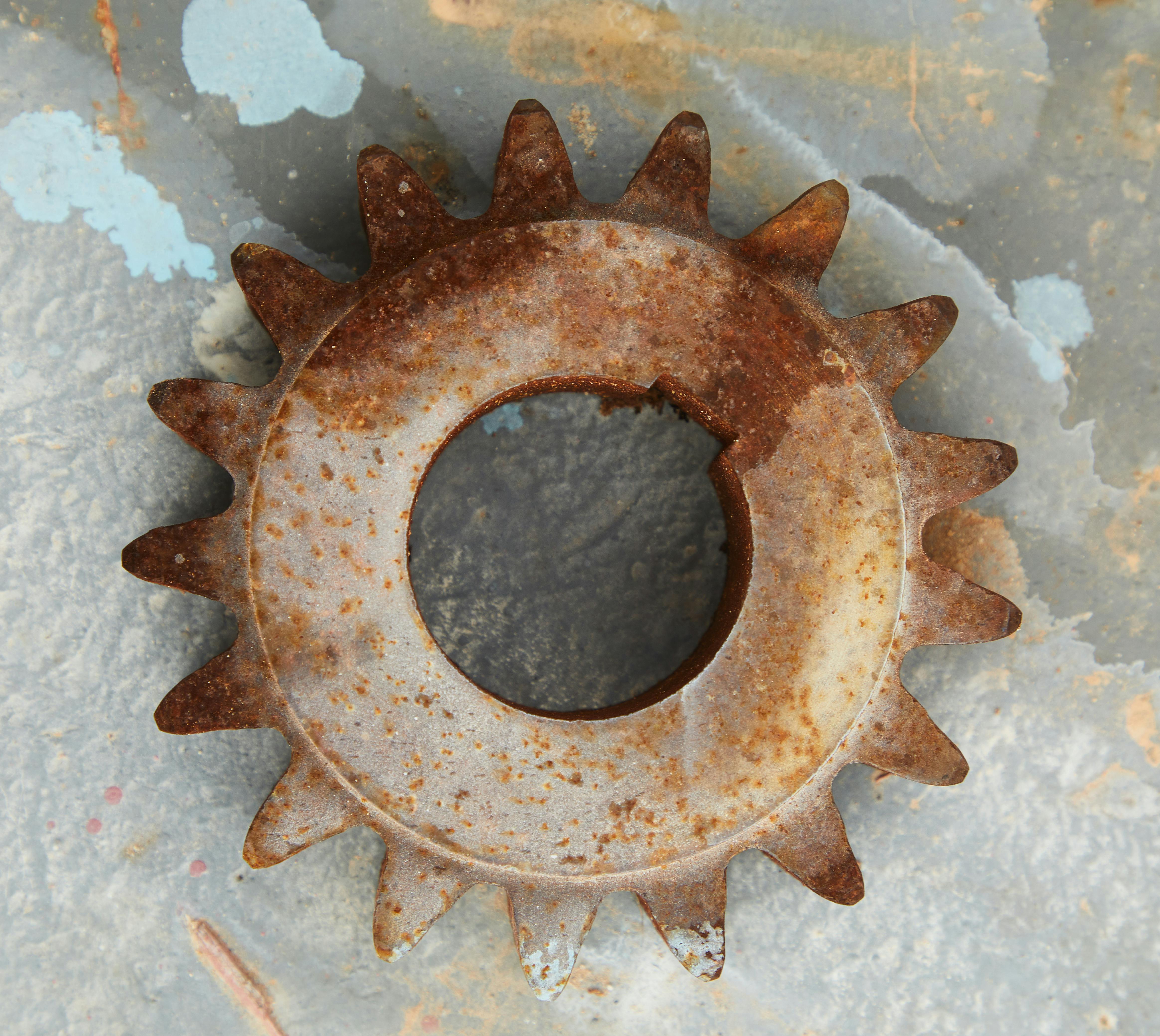 .
.
As companies and households are looking for ways to reduce their waste output and help the environment, one of the most effective methods is to invest in a waste management system. Waste management systems are used to collect, move, and store trash, recyclables, and other waste materials until they are disposed of correctly. A good system can help reduce the amount of waste that ends up in landfills, reduce the need for costly and complex cleanup efforts, and even help generate revenue. But with so many different types of waste management systems available, how do you choose the best one for your needs?
In this blog post, we’ll discuss the different types of waste management systems and how to decide which one is best for you. We’ll also provide some tips on how to maintain and use your chosen system to maximize its effectiveness.
## Types of Waste Management Systems
When it comes to waste management systems, there are a few different types to choose from. Each type has its own advantages and disadvantages, and depending on your specific needs, one type may be better suited for you than another.
### 1. Compactors
Compactors are typically used for large-scale waste management needs, such as at a factory, warehouse, or construction site. A compactor is a large container with a door that seals shut. As the container fills up with trash, it is compressed down, making more room for additional trash. Compactors are ideal for reducing the amount of space needed to store waste, and they are also great for minimizing odors.
### 2. Incinerators
Incinerators are used to safely dispose of hazardous or bio-hazardous materials. They use high temperatures to burn waste, reducing it to ash. Incinerators are commonly used to dispose of medical waste, animal carcasses, and other materials that can’t be disposed of in a traditional landfill.
### 3. Collection Trucks
Collection trucks are used to collect waste from households and businesses and transport it to a landfill or recycling center. They come in a variety of sizes and styles, from small pickup trucks to large semi-trailers. Collection trucks are ideal for large-scale waste management needs.
### 4. Recycling Centers
Recycling centers are used to sort and process recyclable waste. Waste is sorted into categories, such as plastic, glass, paper, and metal, and then sent off to be recycled. Recycling centers are ideal for reducing the amount of waste that ends up in landfills, as well as generating revenue from the sale of recycled materials.
## How to Choose the Right System
Now that you know the different types of waste management systems available, how do you decide which one is right for you? Here are a few tips to help you make the right choice.
### 1. Consider Your Needs
The first step in choosing the right waste management system is to consider your needs. What kind of waste do you need to manage? How much waste will you need to manage? What kind of space do you have available? These are all important questions to consider before you decide on a system.
### 2. Research Different Systems
Once you’ve considered your needs, it’s time to research the different types of systems available. Take the time to read up on each system, compare features and prices, and find out what other people are saying about the different systems.
### 3. Look for a Reliable Supplier
Once you’ve found the system that best suits your needs, it’s time to look for a reliable supplier. Make sure to find a supplier with a good track record, as well as one that offers good customer service and reliable parts and maintenance.
### 4. Consider Maintenance Costs
When choosing a system, it’s also important to consider the ongoing maintenance costs. Different systems may require more or less maintenance, and you should factor these costs into your decision.
## How to Maintain Your Waste Management System
Once you’ve chosen the right waste management system for your needs, it’s important to take the time to properly maintain it. Here are a few tips for maintaining your system.
### 1. Regularly Inspect Your System
Regularly inspect your system to ensure that it’s working correctly and that all components are in good condition. Inspections should be done on a regular basis, such as every few months, to ensure that the system is functioning properly.
### 2. Periodically Clean Your System
Periodically clean your system to keep it functioning properly. This includes cleaning the containers, removing any debris or obstructions, and lubricating any moving parts.
### 3. Follow Safety Guidelines
When operating or servicing your system, it’s important to follow all safety guidelines. Keep your system in a safe, well-ventilated area, and always wear protective gear when handling hazardous materials.
### 4. Replace Parts When Needed
If any parts of your system become damaged or worn down, it’s important to replace them. Doing so will ensure that your system continues to function properly and safely.
## Final Thoughts
Choosing the right waste management system is an important decision, as it can have a big impact on your waste management costs. Take the time to consider your needs, research different systems, and find a reliable supplier. Then, take the time to properly maintain your system to ensure that it continues to function correctly. By following these tips, you’ll be sure to find the right system for your needs.
